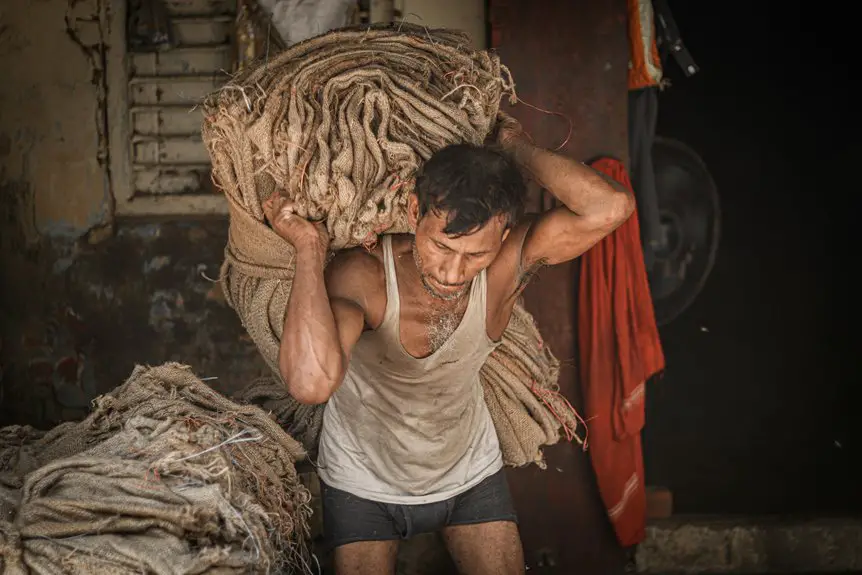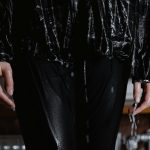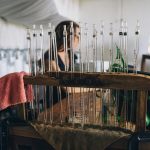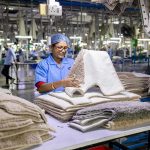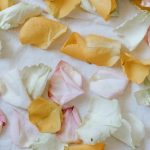You might not realize it, but the clothes you wear during a workout are performing a complex physical task. They’re not just fabric; they’re carefully engineered systems designed to pull sweat away from your skin. This process relies on subtle forces and material science that you probably haven’t considered before. Understanding how these fabrics manage moisture can change the way you think about staying dry—and what happens when they don’t work as expected.
Table of Contents
Key Takeaways
- Wicking fabrics use capillary action to pull sweat away from skin through tiny fiber channels, enhancing moisture evaporation and keeping the wearer dry.
- Fiber shape and alignment create efficient pathways that accelerate sweat transport and prevent moisture buildup on the skin.
- Synthetic fibers like polyester repel water, promoting faster moisture spread and improved drying compared to natural fibers.
- Fabric structure, including yarn arrangement and weave patterns, balances airflow and liquid movement for optimal moisture management.
- Wicking efficiency is tested by measuring moisture travel speed, absorption, drying time, and dynamic moisture content under controlled conditions.
Understanding Capillary Action in Fabric Fibers
Although you mightn’t notice it, capillary action plays an essential role in how wicking fabrics move moisture away from your skin. This natural process pulls liquid through tiny spaces between fabric fibers without needing external force.
When sweat lands on a wicking fabric, capillary action draws the moisture into the network of fibers. The fiber density directly affects how effectively this happens—denser fibers create smaller channels that better channel moisture away from your body.
With the right fiber density, the fabric quickly spreads sweat across a larger surface area, speeding up evaporation and keeping you dry. Understanding capillary action helps you appreciate why some fabrics feel cooler and more comfortable during workouts—they’re designed to maximize this moisture-wicking process.
How Fiber Shape and Arrangement Influence Moisture Movement
Because fiber shape and arrangement directly impact how moisture travels through fabric, they play an essential role in wicking performance.
The fiber geometry determines the size and shape of the tiny channels that guide sweat away from your skin. When fibers align efficiently, they create pathways that enhance moisture movement along a moisture gradient—from your skin to the fabric’s surface.
To optimize wicking, you should consider:
- Fiber cross-sectional shape: Triangular or grooved fibers increase surface area, boosting capillary action.
- Fiber packing density: Looser arrangements create larger channels for faster moisture transport.
- Fiber orientation: Parallel alignment promotes continuous moisture flow, preventing buildup.
Material Properties That Enhance Wicking Performance
When you choose fabrics with specific material properties, you can greatly boost their ability to wick moisture away from your skin.
Fiber composition plays a significant role—synthetic fibers like polyester and nylon excel because they repel water, forcing sweat to spread and move outward. Natural fibers, however, tend to absorb moisture, reducing wicking efficiency.
Beyond composition, surface texture also impacts how quickly liquid travels. Fibers with a rough or grooved surface increase surface area and create tiny channels that guide moisture along the fabric. These microstructures accelerate capillary action, helping sweat evaporate faster.
Engineering Fabric Structures for Optimal Liquid Transport
To optimize how fabrics move moisture, engineers design their structures with careful attention to yarn arrangement, weave patterns, and fiber density.
Through advanced fiber engineering, they manipulate these elements to enhance liquid dynamics, ensuring sweat moves efficiently away from your skin.
Advanced fiber engineering expertly directs moisture, keeping sweat moving away from your skin for superior comfort.
You’ll notice three critical factors:
- Yarn arrangement influences capillary channels, guiding moisture flow.
- Weave patterns create pathways that balance airflow and liquid transport.
- Fiber density regulates absorption and drying speed.
The Science Behind Moisture Transport Mechanisms
Three key processes drive how moisture moves through wicking fabrics: absorption, capillary action, and evaporation.
When sweat hits the fabric, it creates moisture gradients—differences in moisture levels—that pull liquid from your skin into the fabric. Absorption lets the fibers soak up sweat, while capillary action transports the moisture along tiny channels within the fabric’s structure. This movement relies on surface tension and fabric design to efficiently move moisture away from your body.
Thermal dynamics come into play as evaporation cools you by converting liquid sweat into vapor. The fabric’s ability to balance moisture transport with heat transfer keeps you dry and comfortable.
Understanding these mechanisms helps you appreciate how wicking fabrics actively manage sweat, rather than just passively sitting against your skin.
Impact of Wicking Fabrics on Comfort and Athletic Performance
Although you mightn’t notice it immediately, wicking fabrics play a crucial role in enhancing your comfort and athletic performance. These materials work by optimizing breathability factors and improving temperature regulation, keeping you cool and dry during intense activity.
Wicking fabrics enhance comfort and performance by boosting breathability and regulating temperature during intense activity.
When you wear wicking fabrics, you benefit from:
- Efficient moisture transport that prevents sweat buildup and reduces skin irritation.
- Enhanced airflow that supports better breathability factors, helping your body maintain a stable temperature.
- Improved temperature regulation that prevents overheating and boosts endurance, so you perform at your best longer.
Methods Used to Test and Measure Wicking Efficiency
When you want to understand how well a fabric wicks moisture, you need reliable testing methods that simulate real-world conditions.
Wicking tests often involve placing a fabric strip vertically or horizontally and applying a controlled amount of water to one end. You then measure how quickly and how far the moisture travels across the fabric.
Moisture measurements can also include tracking the fabric’s drying time or weight change after absorbing liquid. Advanced methods use sensors to monitor moisture content dynamically.
Frequently Asked Questions
Can Wicking Fabrics Help Prevent Hypothermia in Cold Weather?
Imagine a Victorian explorer’s wisdom: you’ll find wicking fabrics excel at moisture management, essential for hypothermia prevention. They pull sweat away, keeping you dry and warm, so you won’t freeze like a 19th-century adventurer caught unprepared.
Are There Environmental Impacts of Producing Synthetic Wicking Fabrics?
You should know synthetic wicking fabrics can impact the environment, but you can opt for brands focusing on sustainable production and recycling options to reduce waste, helping you make eco-friendlier choices without sacrificing performance.
How Do Washing and Drying Affect Wicking Fabric Performance?
Imagine you toss your favorite wicking shirt in the machine. If you use gentle washing techniques and air-dry it, you’ll keep its performance strong; harsh detergents and high heat from dryers can damage the fabric’s moisture-wicking ability.
Can Wicking Fabrics Be Used Effectively in Non-Athletic Clothing?
You can definitely use wicking fabrics in casual wear; they align with fashion trends and offer everyday comfort. These materials suit various lifestyle applications, making non-athletic clothing breathable and moisture-managing without sacrificing style or ease.
Do Wicking Fabrics Reduce Bacterial Growth and Odor Over Time?
You know what they say, “Prevention is better than cure.” Wicking fabrics help you with bacterial resistance, reducing moisture that bacteria thrive on, so they improve odor management and keep you smelling fresher over time.

